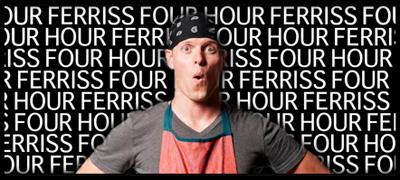Book as Enduring Symbol
As we watch the book transition into its fraught future, will the eventual scarcity of traditional volumes mean we can no longer recognize an image of that rectangular thing as a symbol of “learning, poise, wisdom and moral fortitude?” Or will the book as a symbol spring eternal? ~ Porter Anderson (Writer Unboxed)
Porter Anderson (@Porter_Anderson) takes on “Book as Symbol” and concludes that it is as perennial as spring. Though debating Porter is an enjoyable sport, I rarely find the opportunity, such reasoning undergirding even his lighthearted and sarcastic observations. Instead I pass along the unfathomably clever comments I appended to his post…
I’m a bibliophile by default, and a digital reader by convenience. No. Scratch that. I am a reader by default and a print book, digital book and audio book omnivore by habit. And increasingly by appetite. In fact, I often purchase and “read” a title in all three formats. Bundling anyone? After all, print books still make awfully quaint wrappers.
“If anything, I find we badly overuse the traditional book as a symbol.” ~ Porter Anderson (Writer Unboxed)
Indeed! A nostalgic eleventh hour attempt to ensure the symbol’s immortality? I’m reminded by Vaughn Roycroft’s anecdote (read Porter’s post and then scan down to Roycroft’s comment to enjoy his quirky story) of a library and garden designer I once knew who sold fancy folks learned libraries by the foot. Paneling, bookshelves, paint, leather club chairs, carpet, musty odor and collector’s edition books. Silly gobs of money for guilt tomes that might as well have been hacked spines glued into 4″ shelves.
That said, the book will endure, not just as a symbol, but as a luxury. An indulgence. A preference. Many of us after all still age wines to perfection and draw ink into fountain pens despite the preponderance of cheaper, easier, more abundant and better marketed alternatives. I haven’t ever ridden in a chariot or published poems on stone tablets, but I instantly recognize both in humanity’s timeless iconography.
And what a joy it will be one day many decades anon to creak open the dusty spine of a vintage Quixote to read aloud to my grand nieces and nephews… Even with Porter’s Campari stains obscuring some of the text.
What do you think? Will the book endure as a symbol? Or perhaps it follow the slide rule and the Ford Pinto off to EFFI (the Elysian Fields of Forgotten Innovations, which incidentally, might be near Pine Point…)
















